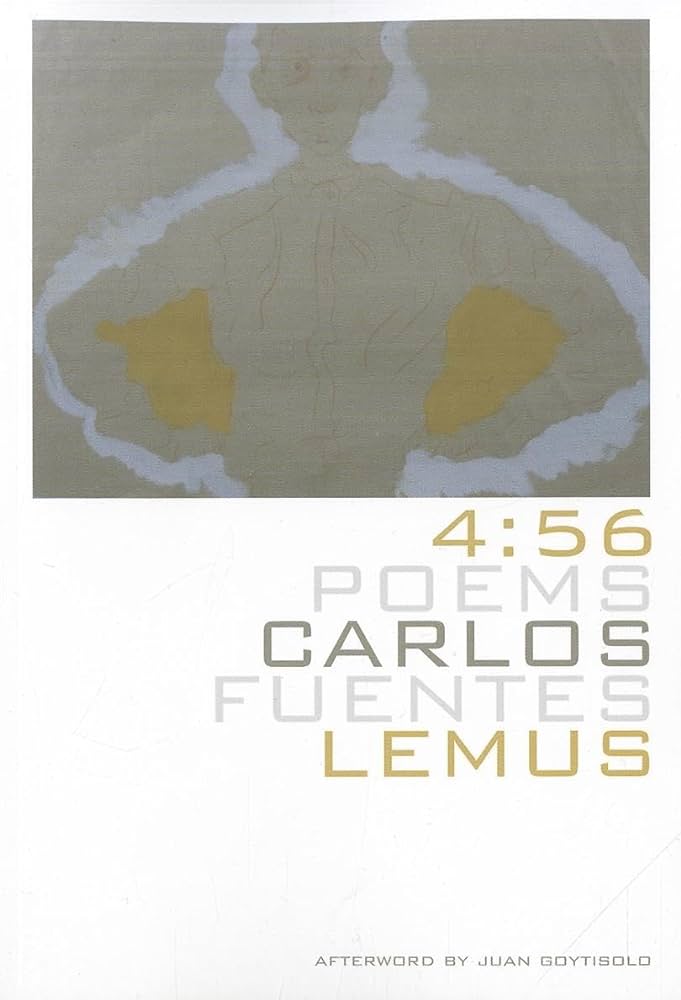To finish up National Poetry Month, let’s consider two more poets with hemophilia.
by Richard J. Atwood
To me, poetry specializes in the efficient expression of emotions and descriptions. It condenses writing into a purer form. You might compare poetry to the fractionation and purification of blood plasma to get the purest factor proteins, but I guess that metaphor would be a stretch.
Though I’m not an expert, I admire well-written poetry. Take time to read the exceptional works by the following poets who happen to have hemophilia.
Read My Mind by Jerome Stephens
Kildanore Press, 1990
Jerome Stephens (1955–1993) was born in Ireland with mild factor VIII deficiency. As he grew up, he was careful to avoid physical injuries and unnecessary knocks, and became a strong and robust young man who enjoyed outdoor activities. Living in Dublin, Jerome married and had children. In 1982, he underwent an appendix operation and was treated with contaminated factor concentrate imported from America. He was diagnosed with AIDS in 1987.

Jerome was an artist who expressed himself through sculpture and poetry. But he is better known for speaking out publicly—the first to do so openly for a television camera—about how AIDS had ravaged his life and family. With encouragement from his hemophilia nurse, Jerome published Read My Mind, a collection of 52 poems that includes photographs of six wooden sculptures carved by the poet. He does not mention hemophilia. Instead, his poems emphasize his struggles, and how his love and religion, along with his family and friends, strengthened him to fight.
Jerome wanted to speak on behalf of all Irish people with hemophilia and AIDS. His poems still capture that desire. After he died, his daughter spoke on his behalf in 2000, giving emotional testimony at the Lindsay Tribunal, after which those infected with HIV or their families received a financial settlement.
4:56: Poems by Carlos Fuentes Lemus
Dalkey Archive Press, 2012
Carlos Fuentes Lemus (1973–1999) was born to a literary family: his father, Carlos Fuentes, was a Spanish-language Mexican novelist and ambassador to France; his mother, Silvia Lemus, was a journalist. Carlos was a Mexican citizen who grew up mostly in Princeton, New Jersey, with short stays in various American cities where his father taught.

Carlos was factor VIII deficient and was infected with HIV by 1985. Carlos was a bright student, but never finished high school. He immersed himself in literature (mainly English) and in music. His interest in pop culture and the arts led him to become a writer, poet, photographer, painter, and movie director.
Carlos wanted to publish his first book of poetry after E. Shaken Bumas solicited several of his poems for the Minnesota Review in 1999. Bumas helped to record over 50 of Carlos’s poems that were to be used as the soundtrack for Carlos’s unfinished movie Gallo de Pelea. Unfortunately, Carlos died before completing those projects. Instead, his poems were posthumously published in 4:56: Poems. Written in English with some Spanish words and syntax, the poems delve into imaginative interpretations of youthful experiences. There is no mention of hemophilia in these lively poems that seem almost experimental or unfinished. Carlos also collaborated with his father on the book Retratos en el Tiempo (1998), in which his father wrote profiles of famous people he knew and Carlos took their photographs.
Poetry is an international genre that appears in many forms. These two poets with hemophilia did not have to include their bleeding disorder in what they wrote, but having it possibly sparked their passion to write. Maybe you’d like to express yourself in a poem? Go ahead! Dream, compose, write.
This review originally appeared in the Parent Empowerment Newsletter, May 2016

